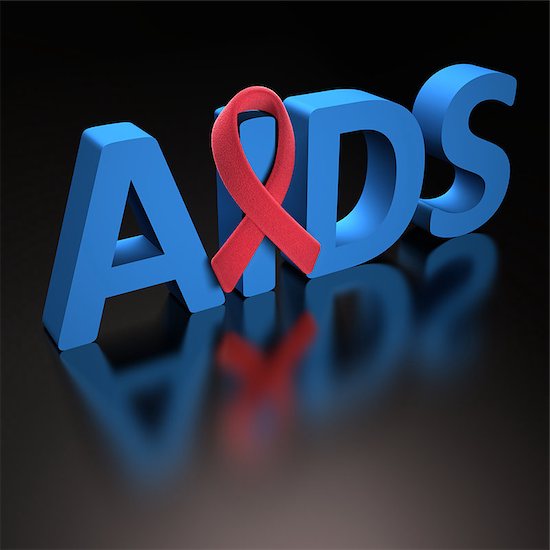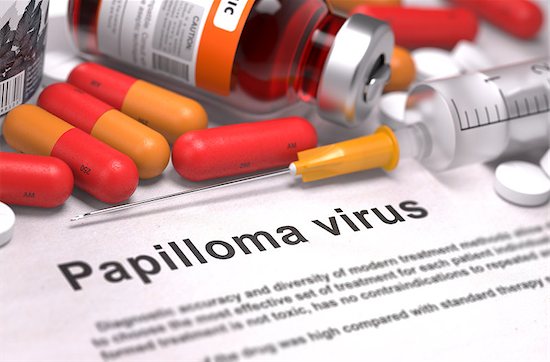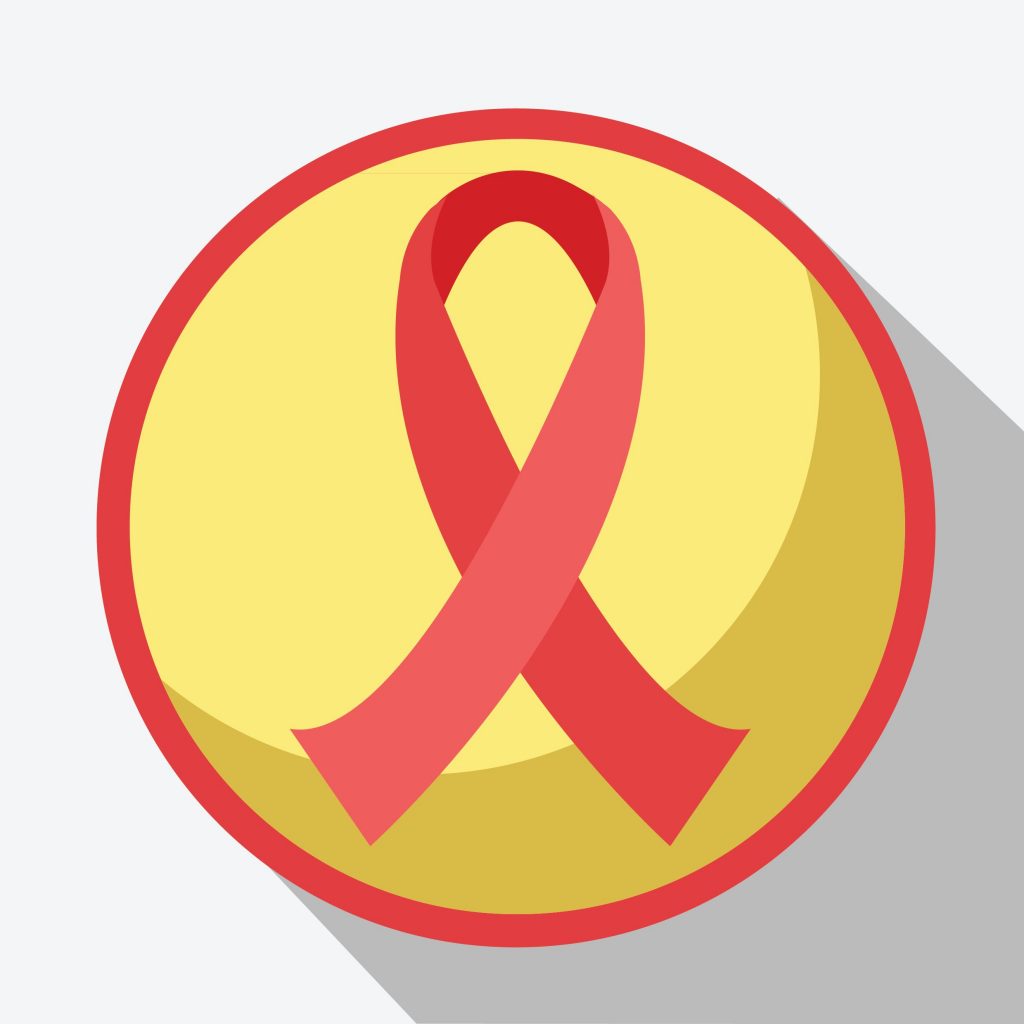Posts tagged HIV prevention

The State of HIV Care in Europe

There were more than 2 million new infections in Europe and Central Asia, where they need better HIV care.
More than 35 million people are living with HIV/AIDS worldwide. This disease is an epidemic that affects other countries differently. For example, the prevalence of HIV in the Eastern and Southern Africa is high. These regions make up almost 50 percent of the total number of people living with HIV in the world. Access to HIV care in these parts of the world are scarce, leaving their population without much protection and an increasing number of new infections.
Other countries like Europe and Central Asia have seen a recent a drastic increase of new infections. Within the past couple of years, these regions saw a 57 percent increase in annual new HIV infections. Overall, there are 1.5 million people who live with HIV in Europe and Central Asia. To curb this rise, the European Centre for Disease Prevention and Control (ECDC) evaluated their method for combating HIV.
The Continuum of HIV Care
The ECDC developed a framework called the continuum of HIV care, which monitors the success of their HIV response. This framework involves looking at data from over 48 countries across Europe and Central Asia. The ECDC’s most recent report, the ECDC Dublin Declaration, looks at four aspects of HIV prevention, which it categorizes into stages:
- S1 – The estimated number of all people who live with HIV (PLHIV).
- S2 – The number of all PLHIV who have a diagnosis.
- S3 – The number on PLHIV who have a diagnosis and who are on ART.
- S4 – The number of PLHIV on ART who show signs of viral suppression.
The ECDC’s Findings
The ECDC saw an increase in the number of countries reporting data on all four stages of the continuum, from 40 percent to 66 percent. As more countries participate in the continuum, the ECDC can develop a better analysis of the state of HIV. Here’s the breakdown of their findings:
- 37 countries from Europe and Central Asia reported data for both Stage 1 and Stage 2.
- An estimated 1,199,000 people live with HIV, and 75 percent of those individuals have received a diagnosis.
- 1 in 4 people with a diagnosis is not receiving treatment for the disease.
- 31 countries from Europe and Central Asia reported data for both Stage 3 and Stage 4.
- 599,500 people with a diagnosis are using antiretroviral drugs, and only 88 percent show signs of viral suppression.
What the ECDC Learned
Efforts to monitor and predict the spread of HIV is only as great as the number of countries participating. As a result, the ECDC has trouble estimating the number of people living with HIV (Stage 1) and those who are virally suppressed (Stage 4). The organization hopes to support countries in using their modeling tool to develop better estimates of who has HIV and how many people show signs of viral suppression.
With more data, the ECDC can identify which countries need help fighting the infection, as well as improve testing, treatment, and HIV care. Hopefully, efforts by organizations like the ECDC and UNAIDS will be able to slow down and reverse the spread of HIV.

The Progression of HIV: How the Infection Takes Over Your Body
It’s important to know every aspect of HIV, in particular for those infected with the virus. HIV is a volatile disease and an epidemic that has claimed the lives of over 35 million people. Understanding how the disease works can help patients make better decisions when it concerns their health. That’s why it’s imperative that patients are informed because over time and without proper treatment, HIV develops into something much worse. Find out everything you need to know about the progression of HIV and how you can protect yourself.
Laying Out the Progression of HIV
HIV progresses in three stages. As the disease moves from one stage to the next, it becomes worse over time. Eventually, the disease completely eradicates the immune system, leaving the body vulnerable to other diseases and infections. Let’s walk through the different stages of the virus and what it means for HIV-positive individuals.
Stage 1: Acute HIV Infection
The progression of HIV starts soon after infection. The first stage of the virus is known as acute HIV infection. During this stage, symptoms aren’t noticeably apparent, and for the first 2 to 4 weeks, people may be unaware that they have contracted the disease. There is a chance that HIV-positive individuals experience flu-like symptoms. These symptoms are a telling sign for anyone who has recently participated in risky sexual activity or drug use. It usually means that they have contracted the virus and it has start to multiply, causing it to spread within the body and destroy the immune system.
Stage 2: Clinical Latency
As defined by the CDC, Clinical Latency is the second stage of the virus. It is also known as asymptomatic or chronic HIV infection. While still active within the body, the HIV virus reproduces at low levels. Most people still do not show any symptoms of the disease by this point. However, it is important to note that one can still spread the infection to others. This stage is also a crucial period as the disease can evolve and become AIDS without proper treatment.
Stage 3: AIDS
AIDS is the final stage of HIV. This is when the number of CD4 cells in the body, which aid the immune system, are at their lowest. AIDS grants other infections and diseases the opportunity to damage the body severely. Your symptoms often depend on the type of illness or opportunistic infection you contract. This stage can occur when one has not properly taken medication during the first or second stage of the virus. Patients with AIDS who continue to ignore treatments usually live for three years.
Slowing Down the HIV Infection
While there is no cure for HIV, scientists are working diligently every day to find one. Their research has led to advancements in HIV medications. By taking this treatment, patients can slow the progress of the disease. Some have even found success in keeping it at stage 2 for many years, preventing the transition to AIDS. For this treatment to be effective, patients must take the antiretroviral medications every day. If you are worried or concerned that you may have contracted HIV, contact an HIV specialist today and get tested as soon as possible.

Better HIV Treatment Leads to Riskier Behavior in Gay Men
The advancements in HIV treatment have made it easier to stall the progression of the virus. However, a new study suggests that the news of these treatments is having an unintended consequence. More gay men are engaging in risky behavior because they believe that antiretroviral medicines will keep them safe. However, the continuation this kind of behavior only increases their risk despite taking proper prevention methods.
The Risk to Gay Men
Gay Men are already more likely to contract HIV than others. In 2015, gay and bisexual men accounted for 67 percent of all new diagnoses. Anal sex is the highest risk factor for HIV transmission. Receptive anal sex puts more men at risk than insertive anal sex. This is because of the rectums thin lining, which allows HIV to enter the body more easily. The transmission of HIV can happen from semen or pre-seminal fluid.
The Danger of Relying Solely on Medicinal HIV Treatment
Study leader Seth Kalichman of the University of Connecticut and his team analyzed a survey spanning 19 years. Participants at a gay pride event noted their sexual habits. Here is what they found:
- An increase in condomless sex among men.
- A rise in the number of sexual partners that men engaged with.
- Condomless receptive anal sex has doubled in HIV-negative men.
- Condomless insertive anal sex has tripled in HIV-negative men.
We are seeing a considerable increase in unsafe sex because gay men perceive antiretroviral drugs to be enough. However, after looking at the survey data, they found there wasn’t much of a reduction of new HIV infections in major cities. In fact, certain countries with HIV testing programs and antiretroviral drugs have seen infection grow among gay men. The risk remains when unsafe behavior increases.
Kalichman concludes that “The current study adds to the mounting evidence that substantial changes have occurred in community-held beliefs that condomless anal sex is safer in the era of HIV treatment as prevention.”

Why Gay Men Need to Take the HPV Vaccine
Over the past 5 years, the HPV vaccine has been made widely available for both women and men. Many health organizations are happy about this. They want it to be taken as early as possible. For example, the CDC suggests that kids between ages 11 and 12 get two doses of the vaccine. The younger they get vaccinated, the likelier it is to get rid of this widespread virus.
HPV is the most common sexually transmitted infection (STI). It can be spread through sex or skin-to-skin contact. There are 150 different types of the virus. Because of this, a large majority of sexually active people have had HPV at some point in their lives. But more often than not, it goes away without causing any health problems. Lasting HPV, however, can lead to genital warts or certain kinds of cancer.
As a precaution, everyone should take an HPV vaccine. Unfortunately, only a handful of countries approves of men taking it. This does not help prevent the virus from spreading. HPV is too common of a virus for this to happen. Sexually active men need to take this vaccine. Gay men especially.
The Need for Gay Men to Take the HPV Vaccine
Recent studies have shown that anal cancer is most often caused by HPV. They also note that men who have sex with men (MSM) are more likely to get anal cancer than men who only have sex with women. The prevalence of anal HPV is around 45% more common among MSM. Numbers like these make it clear that HPV is a greater risk to gay men.
Gay men with HIV are also greatly affected by HPV. One study showed that 77% of MSM with HIV were also infected with anal HPV. And another showed that 90% of them were infected with at least one type of HPV. These numbers are startlingly high.
As HPV awareness rises, there needs to be a push to start vaccinating men. Too many are at risk. And gay men are uniquely susceptible. Proving them with proper care for this virus will save a lot of lives.

The Consequences of HIV Being Stigmatized
Prevention starts with making HIV less stigmatized. Since its initial outbreak in the 1980s, this has been a major issue. While there is a complexity to this, it’s necessary to address. Getting rid of the lingering stigma will prove to benefit those living with HIV. Over the years, many studies have shown this. Two sectors where a change in procedure would benefit HIV patients most is among health care and law enforcement officials.
HIV Patients Stigmatized by Health Care Providers
Whether it’s intentional or not, HIV inhibits far too many people from accessing HIV prevention, testing, and care, even today. According to the World Health Organization, health workers in several countries have committed breaches of confidentiality.
Honesty is important in these situations. Lack of discretion limits how honest patients are. Fear is another consequence. Less testing is a result of fear. The possibility of that information being made known against their will is a big problem.
HIV Patients Stigmatized by Laws
Criminalizing HIV is another way in which the disease remains stigmatized. They have little basis. There’s very little evidence that they’ve effectively reduced HIV. Up to a quarter of these cases involve either a low or no-risk activity.
Many believe that these laws can undermine prevention efforts. If afraid, testing for HIV among people at risk will be less common. Also, laws of this nature create widespread confusion about which activities are considered high risk. People must be properly educated on HIV in order to prevent it.
Taking preventative measures in making HIV less stigmatized leads to better HIV prevention in general. Better laws could lead to better education. And training health care providers to be better equipped at handling such a sensitive situation would do wonders. Do not underestimate these factors. They can make a difference.




